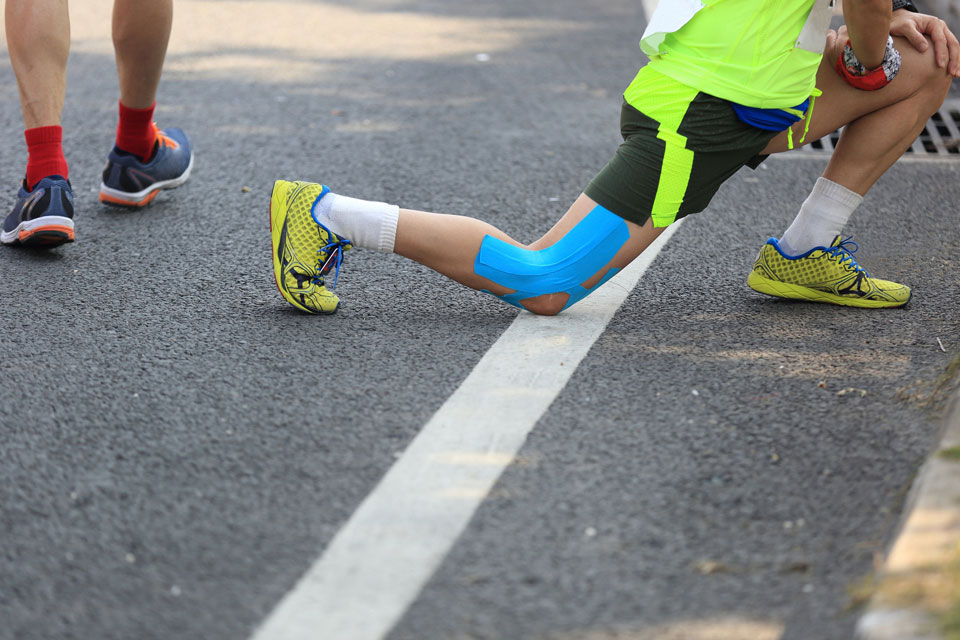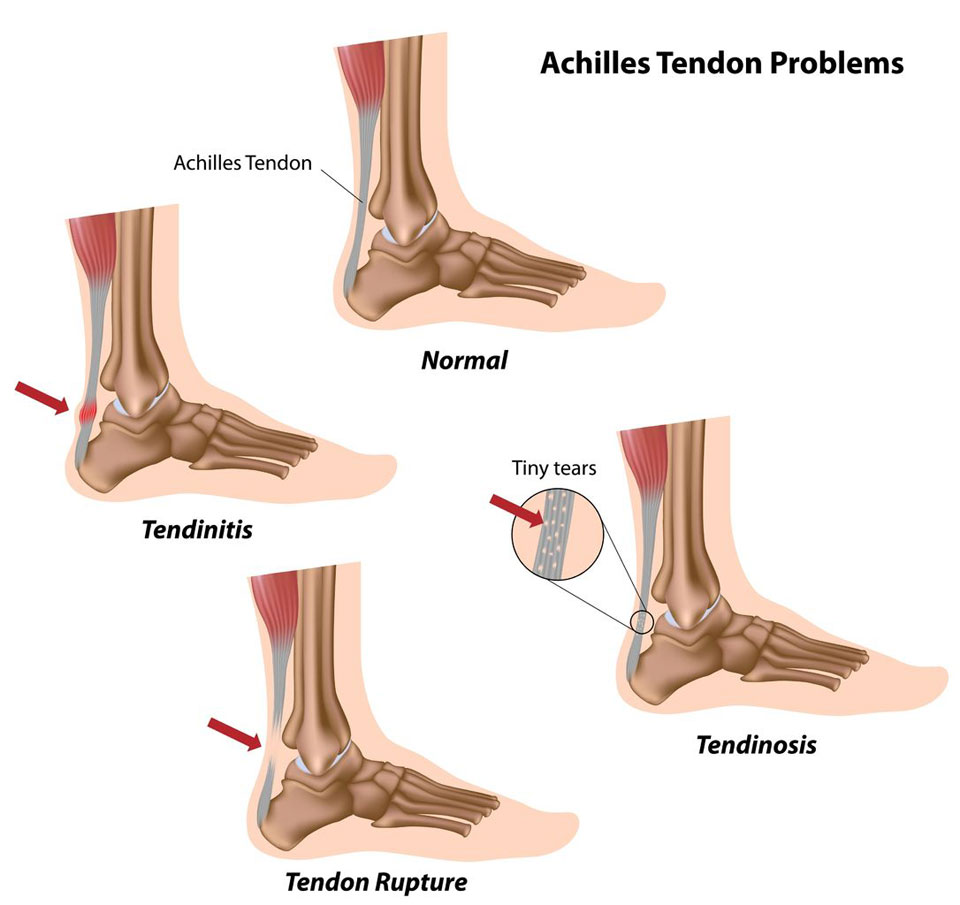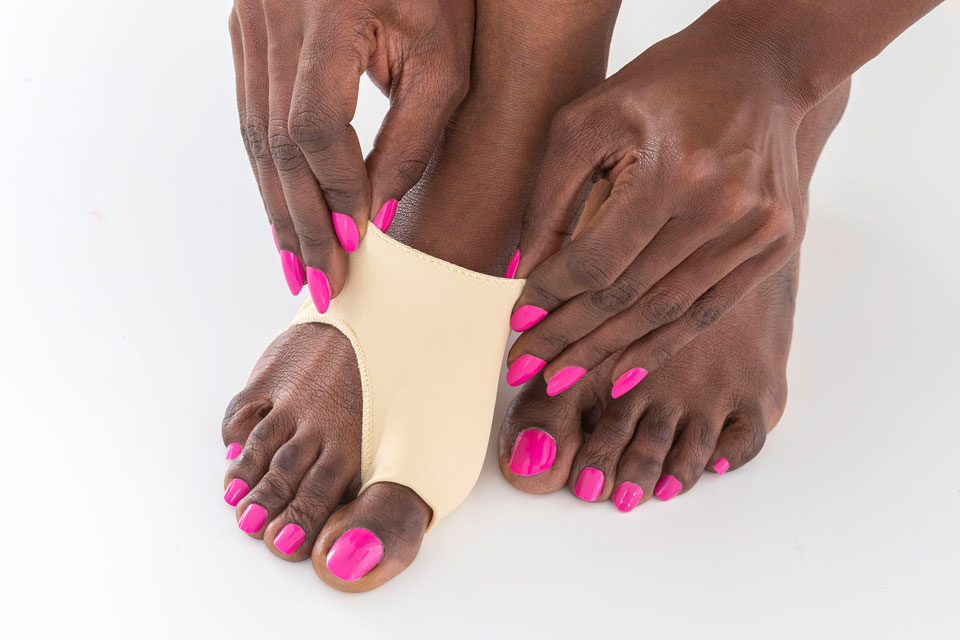The end of the twentieth century was marked by an increased enthusiasm towards physical activities due to the realisation of their multi-fold benefits. Running, being the economic and easy solution, has been the most popular among the general public.
Although runners ideally wish every step they take to be safe and effective, it is reported that about every 1,000 hours of running may result in up to 60 incidents of running related injuries.
Such a high rate of incidents raises a concern on the preventative measures to be taken care of by runners. Let’s dig a little deeper to see if preventing running injuries is possible at all.
Classifying Running Injuries
Before jumping directly to the preventions, it is important to have a how-know about various types of running injuries and reasons behind them. Running involves a variety of joint actions, turns and compressions, which pose stress to a wide range of connecting tissues throughout the body.
It is thus argued that type of running injury is majorly dependent on one’s personal running habits. Running volume and running pace are two most important factors used to correlate incidence of running related injuries with one’s running habits.
Running volume is simply defined as average number of miles or kilometers for a defined time period i.e. a week or a month. Whereas average pace or speed of running measured in minutes per mile or kilometer is termed as running pace.
A running volume of more than 40 miles per week is usually considered to be injurious. In addition to this, running pace is usually placed at a higher level by researchers while discussing the vulnerability to running injuries and their prevention.
Runner’s knee and ITBFS (details given below) are two most common injuries related with running volume, whereas running pace might cause plantar fasciitis or Achilles tendinopathy, both explained in later paragraphs of this article.
Though there exists conflicting statements on whether a specific running injury is related with running pace or the volume, it is agreed that sudden increased change in any of these can be harmful.

Common Running Injuries and How to Prevent Them
Runner’s Knee / Patellofemoral Pain Syndrome (PFPS)
Runner’s knee or patellofemoral pain syndrome (PFPS) is one of the most common running injuries which involves misalignment of kneecap. Thus its occurrence result in severe knee pain especially while bending the knee or while climbing upstairs, downstairs, uphill or downhill.
The root cause is an excessive load on knee, as suggested by Dr. B. Heiderscheit, Director of Runner’s clinic at University of Wisconsin.
Suggestion: Dr Heiderscheit recommends to shorten the stride length and knee-landing with a slight bend which reduces about 30% of the load to the joint. Running can be continued in such condition, unless you feel pain.
Achilles Tendinitis
Achilles tendon connects the two calf muscles on back of the leg below knee to back of the heel. Achilles tendinitis is the inflammation of this tendon causing pain and stiffness.
People with tight calf muscle are vulnerable to this sort of running injury, with male runners being more prone to it than females. Though an increased running volume can increase the venality, however, there are opinions that this sort of running injury is strongly correlated with running pace.
Suggestion: Icing the inflamed area is usually recommended in addition to break from routine running.

Iliotibial Band Friction Syndrome (ITBFS)
Iliotibial band friction syndrome (ITBFS) is considered to be the second common running injury reported by runners complaining the knee pain. Iliotibial band is the muscle lying outside the thigh from buttocks towards knee, and is rubbed on the side of femur during running.
It has been shown by few studies that running pace, unless extremely fast, have very little effect on iliotibial band whereas running volume is strongly correlated with ITBFS. Excessive running, especially downstairs, may cause this type of running injury.
Suggestion: The best strategy to deal with ITBFS is to take rest, as continuing the practice may intensify it.
Plantar Fasciitis (PF)
As our feet are loaded with entire body weight, every step we take bears the force in multiples of body weight. Plantar fasciitis (PF) is the common foot-related running injury, with a feeling of dull ache along arch/curvature or bottom of the heel.
It is a reported by few investigations that people with very high or very curvatures are prone to it more than others. Prolonged standing, running, pronation (inward foot rolls) or supination (outward foot rolls) are described as few of the causes for incidence of plantar fasciitis.
In contrast to most of the other running injuries, continuation of running, even with lesser running pace or volume, may prolong the healing process.
Suggestion: Fitting of shoes is the most important adaptation for preventing plantar fasciitis. For a professional recommendation, a podiatrist or physical therapist can be consulted.

Other Running Injuries Types
Shin splint (or tibial stress syndrome) is a common running injury among newcomers or those intensifying their running pace or volume. People with flat feet are prone to this injury, and should consult a professional before moving to a running plan.
The injury is reflected by a pain in front or inside of lower leg along the tibia (shin bone). The best strategy to avoid shin splint, both for newcomers and regular runners, is to increase the running volume gradually – 10% rule can helpful in this regard.
Stress fracture and muscle pull (or muscle strain) are the remaining types of running injuries with rare occurrences.
Are There Any Runner Who Never Get Injured?
We all met someone who ran so often but didn’t seems to be visited by the injury bug. A study in the British Journal of Sports Medicine revealed that there are indeed some exasperating runners who are ‘injury virgins’ that never suffering shin splints or cramps despite constant training.
The Harvard University researchers tracked 249 female runners who ran at least 20 miles a week over two years, and found 100 developed serious injuries and 40 endured minor ones. Past studies have shown that the best predictor of whether a runner will become injured is whether they have been hurt in the past.
Yet, the team identified a group of 21 women who were incredibly lucky not to have ever suffered an injury in their lives.

Conclusion
An extensive literature survey reveals that running injuries are most-commonly correlated with intrinsic factors i.e. running routine, body-mass index, heights, flatness of feet as well as extrinsic factors i.e. shoes, running surface, training errors, nutritional deficits etc.
While the remedy recommendations on different types of injuries, a general suggestion is to pause routine running for a while and initiate a recovery program as soon as you feel very first instances of pain.
Carelessness can prolong the healing process, and even may exacerbate the injury. Orthotics, splints and braces are helpful in severe cases. It is reiterated that always consult a physical therapist or any other relevant healthcare professional in such cases to better cope the running injuries.
Have you ever been hit with an injury due to running? How do you prevent such injury from happening in the future?





